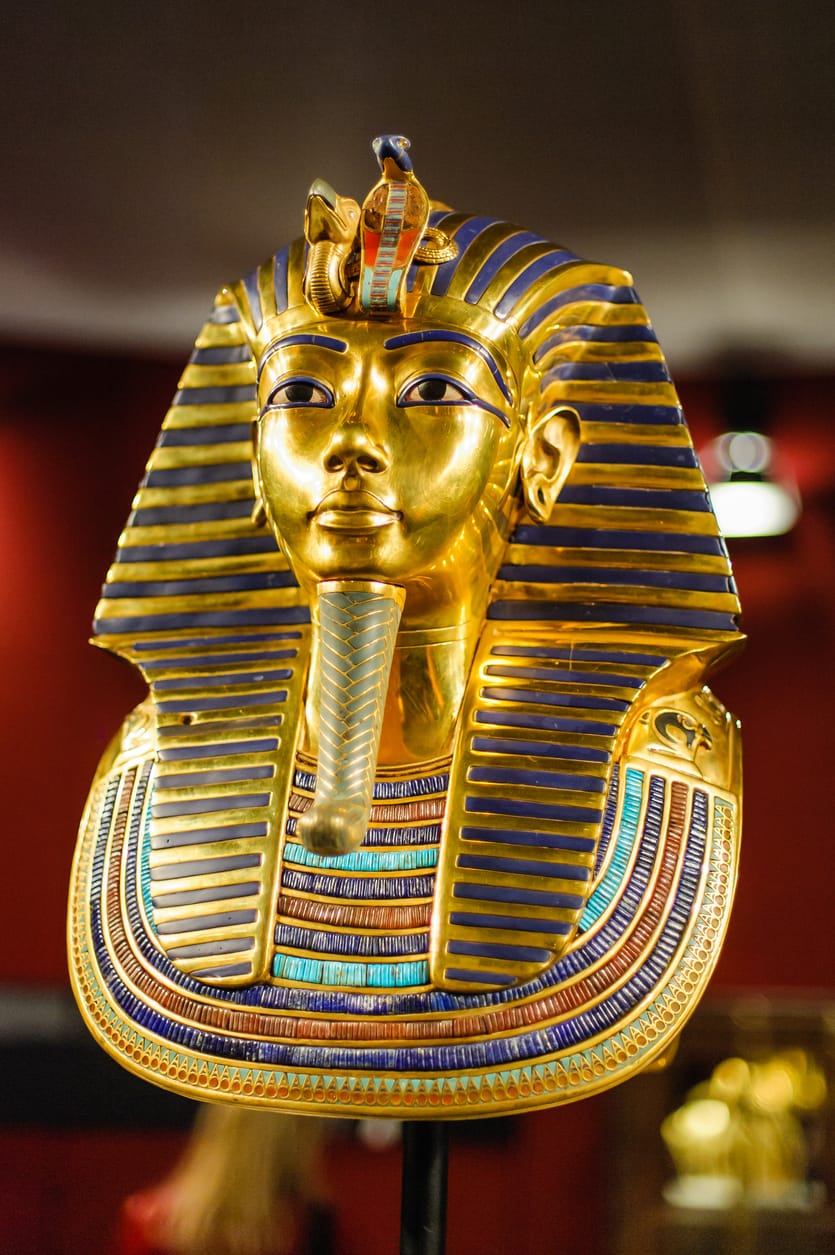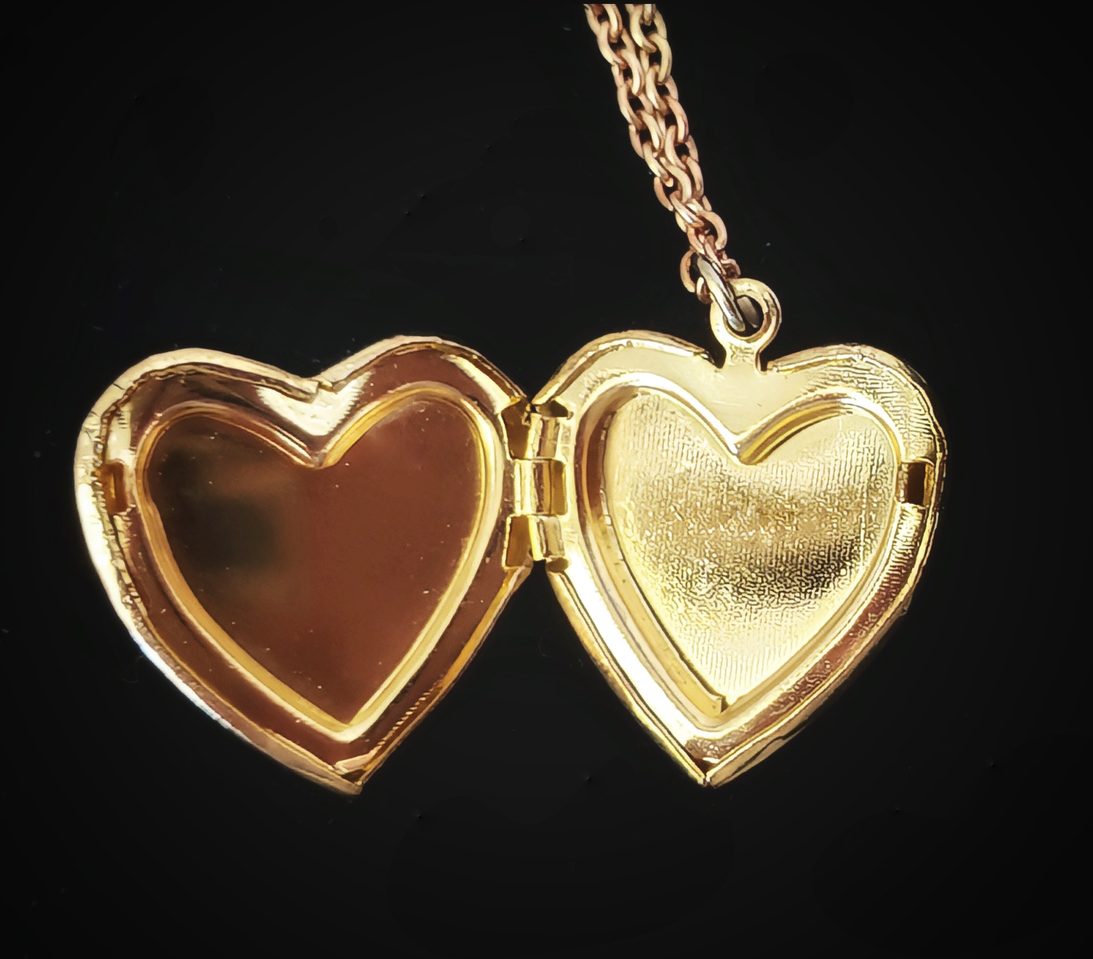Gold jewellery has represented ideas and beliefs of all kinds and held a timeless significance for thousands of years. Nowadays, we continue to admire a wide range of gold pieces, from classic yellow gold treasures to contemporary white gold designs which embrace their own, new traditions. But how did it all begin, and why has gold held such a powerful place amongst other materials all this time? Let’s have a look together at the fascinating history of gold jewellery.
The History Of Gold Jewellery In Ancient Civilisations
Gold jewellery’s history can be traced back over 6,000 years to ancient civilisations such as Egypt and Mesopotamia.
Ancient Egypt
You may have wondered, ‘why is gold used for jewellery?’ before. Well, it all began here. Ancient Egyptians understood gold to be the literal flesh of the sun god Ra, and in Egypt, it was plentiful. It was sacred to them and took on a role beyond adornment. It was believed that gold would protect the deceased and grant them favour with the gods as they passed to the afterlife. This is why there have been so many gold artefacts uncovered in ancient tombs, such as the famous burial mask of Tutankhamun.
Mesopotamia
In Mesopotamia (which has become modern-day Iraq), Sumerian men and women wore intricate gold jewellery, often inlaid with lapis lazuli and carnelian. It served to show one’s social importance and was highly religiously significant.
Greece and Rome
Greek goldsmiths learned a lot from their Egyptian counterparts but began incorporating natural motifs into the designs of their jewellery. Leaves, animals and mythological creatures were delicately incorporated into their work, and gold jewellery began taking on symbolic significance.
The history of gold jewellery in ancient Rome is one of wealth and power, where gold was only owned by the elite. Rings and necklaces were common among patricians and wealthy plebians, but they also had fibulae (clothing fasteners) and bullae, which were traditional amulets given to a boy nine days after birth to ward off evil spirits and mark him as a freeborn citizen. Only the elite could have afforded a golden bulla, but others would have been fashioned from bronze or leather.
Religious Symbolism In The Middle Ages
The history of gold jewellery in the Middle Ages begins to involve more religious symbolism. Byzantine-era Christians placed high value on golden crosses, reliquaries and rings. In Europe, gold was almost exclusively the purview of royalty and the Church. As guilds began becoming more popular, goldsmithing saw more regulation and enamel work became quite popular.
The Fine Art Of Renaissance Goldsmithing
With the arrival of the Renaissance came a lot of changes. Key cultural hubs such as Florence or Paris flourished, and goldsmithing was celebrated as a fine art. Benvenuto Cellini and his contemporaries began creating wonders using sculpting techniques and advancements in engineering to create amazing works of art. Like much of the art at the time, goldwork became a symbol of refined intellect and culture more than wealth and social status.
The History Of Gold Jewellery And Colonialism
As the powers of Europe began expanding across the world, gold took on a new association – that of successful conquest. How much gold an empire has taken from its subjects’ lands was a mark of power, and much colonial gold was melted down to fill European treasuries. At the same time, trade routes between different countries began developing, and the gold trade started kicking off.
The Evolution Of Gold In The Modern Era
Sentimentality was king in the history of gold jewellery in Victorian England. It started becoming accessible to the growing middle class thanks to the property of the British Empire, and lockets became particularly popular. Stories of love and loss were at the centre of jewellery design. The American and Australian Gold Rushes flooded gold onto the market.
Gold would transform rapidly across the 20th century. The Art Nouveau and Art Deco movements saw jewellery designs take on flowing, natural designs and then become bold, geometric and sleek. Post-war Hollywood glamour in the 50s made chunky golden jewellery such as chains and bracelets a popular symbol of wealth.
Gold jewellery today is varied and diverse. Both minimalist pieces and bold, defined styles are popular in different circles. One of the concerns that people hold today is over ethical sourcing, and recycled gold is becoming more and more important.
The Enduring Symbolism Of Gold
As we’ve seen over the long history of gold jewellery, it has taken on many ideas and symbolised very different things across time, but it has always remained popular and held cultural significance. In many ways, you can view the entirety of our known history through the lens of gold.
Whether your fascination with this history lies with the recent and familiar or with ancient times, at Bonds the Jewellers, we stock a huge range of beautiful gold jewellery with pieces drawing on all aspects of the metal’s fascinating past. Browse our full range of jewellery online today to discover your next treasure, or get in touch if you are looking for a particular item and style and we will do our best to help you uncover it.




